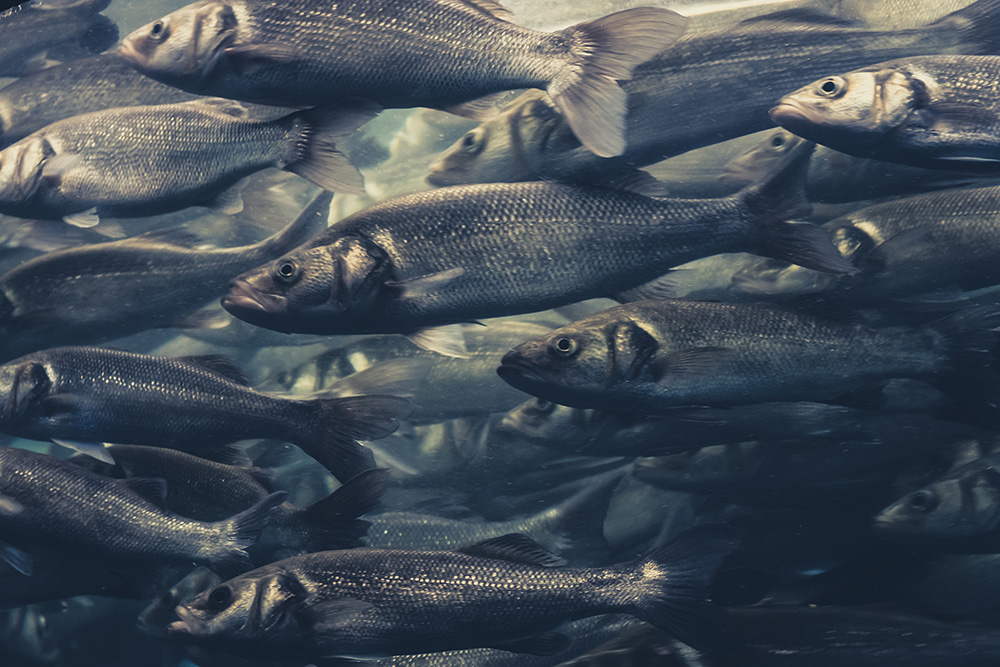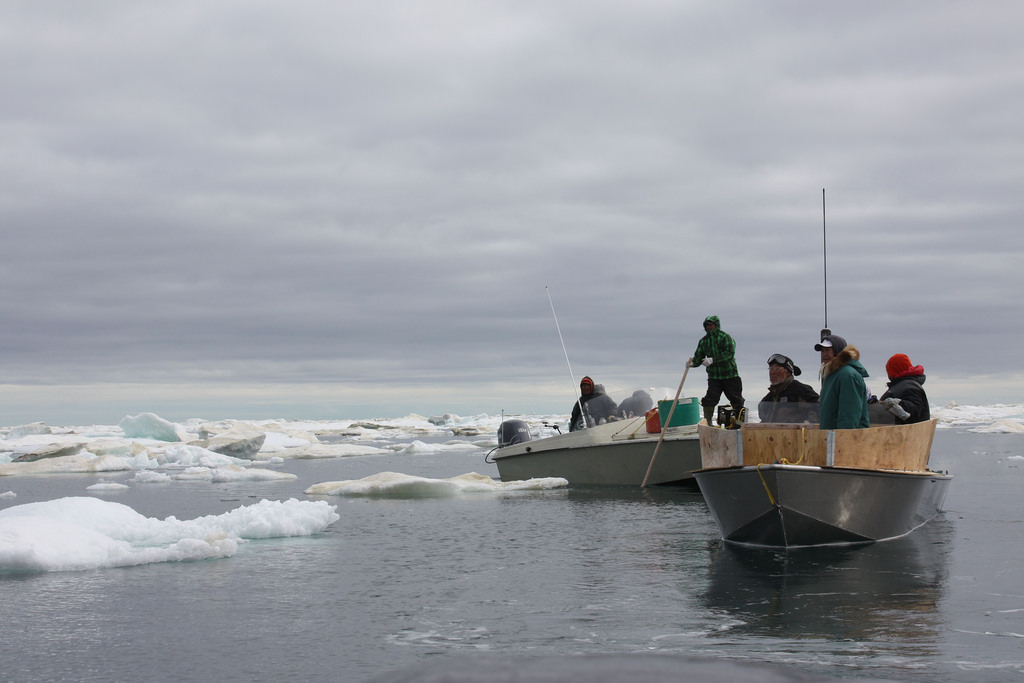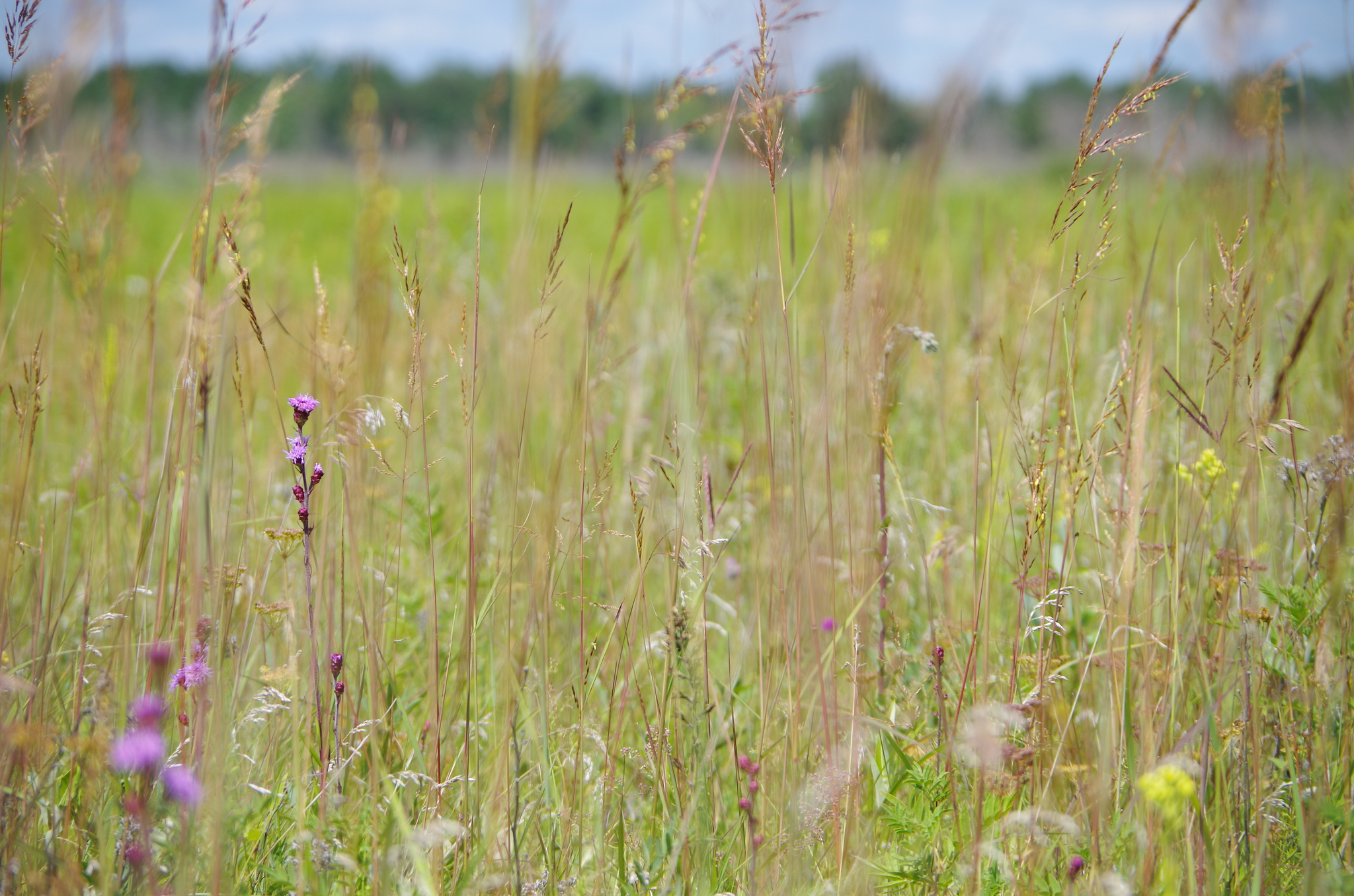Article
Natural Resources in Saskatchewan
Canada is a resource rich country with different natural resources found across the provinces and territories. Saskatchewan’s natural resources include agricultural land, forests, minerals, oil, fish and wildlife. Natural resources contribute towards the economies of Saskatchewan and Canada.








